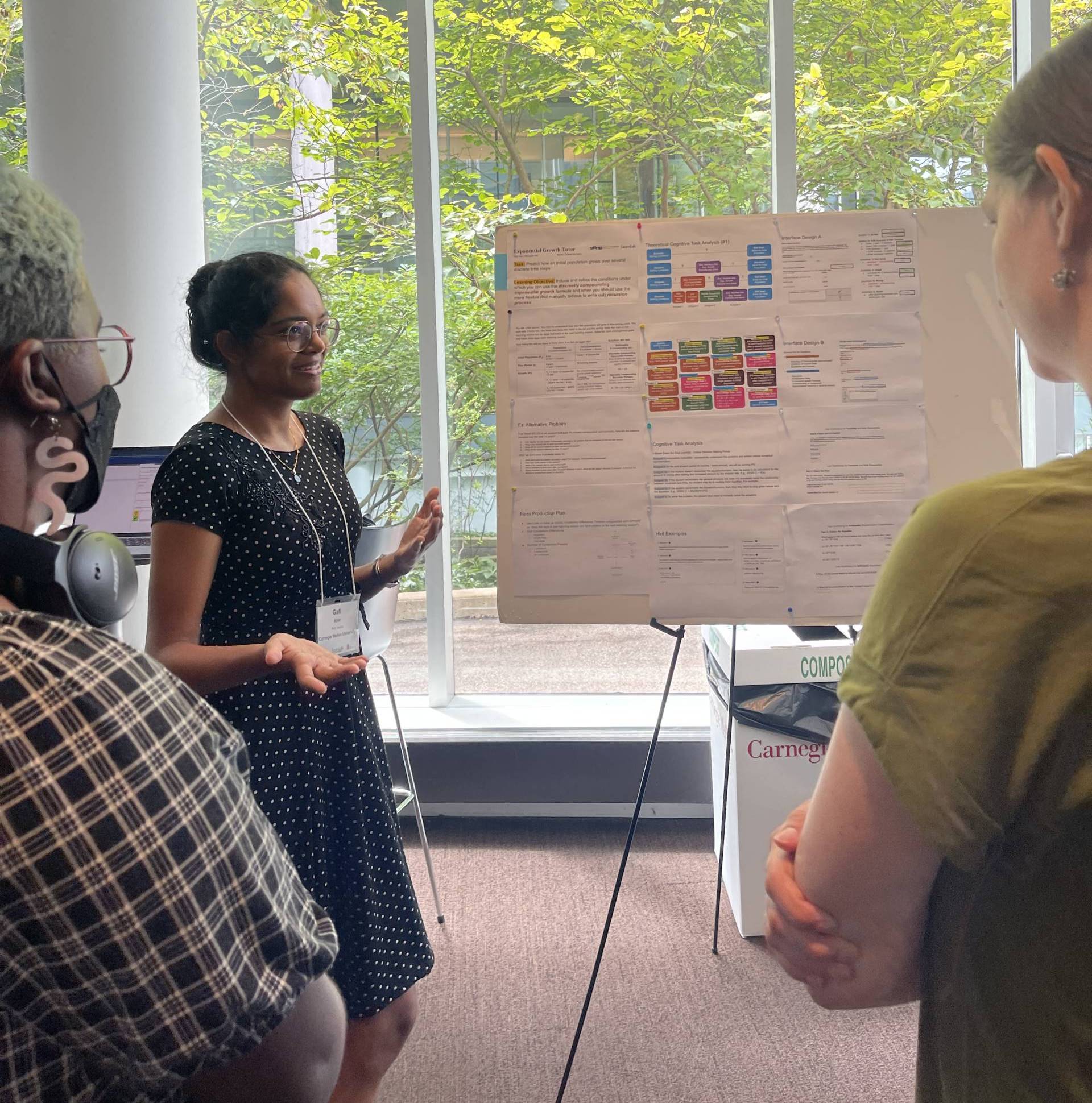
Gati Aher, who graduated from Burlington High School in 2019, was attracted by high assistance during his first year after developing an interest in IT. Aher, who has obtained an engineering diploma and is now a doctorate candidate for the Carnegie Mellon Automatic Learning Department, attributes her early exhibition to technology in Mr. Wong’s class for having triggered his career in the AI generator for use in learning based on projects and practice.
Multidisciplinary approaches and real world dilemmas
In 2018, Wong and its students tested and implemented a drone laboratory – a project with which Aher was involved – for one of the Burlington Ell physics lessons when the mini -drones were relatively new. Help students and Wong helped the physics lesson to download the necessary applications and show drone use.
The multidisciplinary approaches to learning, such as the Physics Drone Lab, allow not only significant ties between students, but also offer an opportunity for real work, Wong said.
In 2016, Sean Musselman, specialist in science and social studies of the K-5 for the Burlington school district, developed a new unit of surface and relief. The new unit included an excursion on the ground in the Plum islands of Massachusetts, an ecosystem undergoing significant erosion. However, Musselman had to find an additional interactive activity at school because the field exit had a limited capacity.
Inspired by the augmented reality of the UC Davis, Sandbox, presented at the National Science Teachers Association Association in 2016, Mussleman proposed that one of the students of Wong builds a portable version for use in the district. Edmund Reis, a high school student at the time, was on board.
Guided by instructions published by UC Davis and with the support of Wong and Musselman, Reis built a portable AR sandbox from zero. This included building the computer, the installation of the operating system and adapting the source code.
For Reis, who is now working in technology, trial and construction error of the Sandbox AR in adolescence have helped him to develop significant creative and collaborative skills that he has used both in higher education and in his professional life.
Climate literacy for young learners
Designed to educate second -year students on watersheds and interconnected geography, AR portable sand provided a engaging alternative to the land exit from the Plums Islands. The Sandbox AR has helped the second -year students in the district to understand the impacts of water systems in a world which is increasingly affected by climate change.
Today, due to the repercussions of the pandemic, the students no longer go into excursion, but the lessons of AR sandbox have remained.
In groups of around seven students, Musselman performs a 15 -minute lesson with the Sandbox Ar. During these lessons, students develop a fundamental conscience of the general climate and their environment.
The Sandbox AR provides “a really wonderful visual, interactive and dynamic model for (students) to explore and ask questions,” said Musselman.
Students have the opportunity to build their own landscape and place monopoly houses in the sandbox. The rain is then simulated and the students look at erosion handles their landscape. “They would see their houses falling, what is going on exactly in Plum Island,” said Musselman.
“There is no student who is not completely encouraged by what is happening at this table,” continued Musselman. “It’s a 100%commitment.”
Students are moving away from these lessons with greater literacy of the climate and an understanding of how the climate can have an impact on their own environment. Musselman makes sure to explain to second year students that scientists use models such as AR sandbox to understand the weather impacts and climate change. And this understanding of the Sandbox AR was rendered by exhibiting a secondary student with the advantages of providing technological support and having an agency on their apprenticeship.



